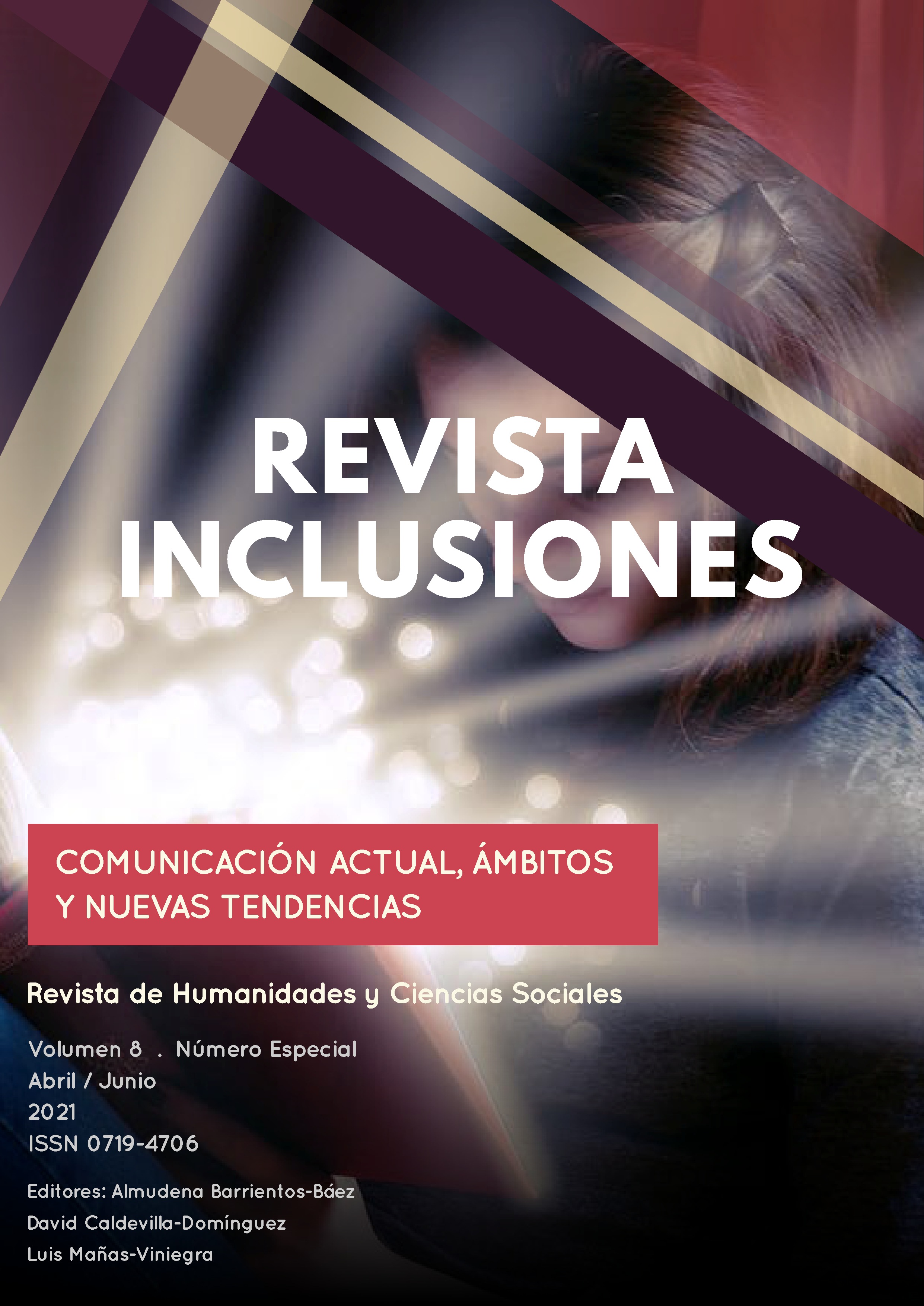DOCUMENTARY AND ANTHROPOLOGICAL PHOTOGRAPHY AT THE CROSSROADS OF THE 21ST CENTURY
Abstract
The history of photography is often presented in an artificial and reductionist way in a dichotomous
way between artistic photography and documentary photography. This debate apparently resolved
theoretically in 1931 by Walter Benjamin, nevertheless this reductionism of the conceptual universes
of the general public, of enthusiastic amateurs and many other photography professionals remains in
force. What is the real reason for maintaining this stubbornness in presenting photography through
this dichotomy when there is a more important one? Part of this article aims to respond to this answer,
for which it is necessary to propose a second objective, to get out of this dilemma and carry out a
review of some historical milestones of anthropologically oriented photography and its research
methodologies in the social sciences. As a result, some projections inherited from social imaginaries
have been observed that imply feelings with a high emotional charge, according to personal
adherence or disaffection to the supposed artistic orientations, alternating in time with that of
humanistic orientation, but without one definitely prevailing above the other. In addition, assertions
about the origin of each of these approaches increase the confusion, ignoring that the key to
photographic realization is creativity and its communication, not the supposed artistry or false
objectivity that is intended to be attributed to each of these in an identity way practices.
Published
How to Cite
Issue
Section

This work is licensed under a Creative Commons Attribution-NonCommercial 4.0 International License.
Los autores retienen los derechos de autor y otorgan a Revista Inclusiones el derecho de publicación bajo Creative Commons Attribution 4.0 International (CC BY 4.0). Esto permite el uso, distribución y reproducción en cualquier medio, siempre que se otorgue la debida atribución al autor.











